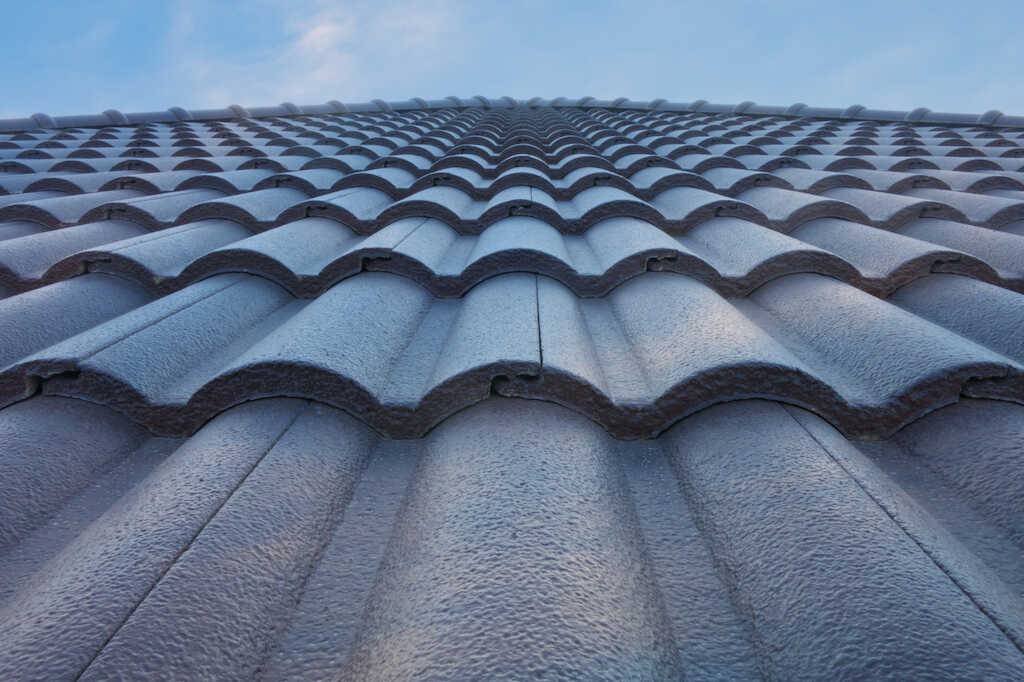Is your roof saggy or has missing shingles? If so, the roof is failing. If your roof is exhibiting signs of damage, you need to have it replaced or repaired on time.
Having your roof repaired or replaced on time will save you costly repairs down the road. Whether replacing an old roof or installing a new one, you must use the right roofing material.
There are various roofing materials, from natural to wooden products, available. But be keen; not all kinds of materials will be perfect for your home.
You have to choose a roofing material to fit your budget and your home’s needs. Most roofs have an average life span of 30 years. However, if you choose the wrong roofing material, you might be forced to replace it prematurely.
It doesn’t matter whether you prefer sheet metal, wood, or any other material; you must choose a material to match your climate and your home’s style.
So how do you ensure to choose the best roofing material for your home? Worry no more.
Here is a comprehensive guide on how to choose the best roofing material for your home.
How Long Will the Roof Last?
You must ask this question before installing any type of roof. There are roofing materials that will last for longer than others.
If you want to save money, you can go for the asphalt shingles. Such materials are cheaper and suitable for budget-conscious homeowners; however, they don’t last long.
If you plan to stay in a home for several years, it’s better to invest in durable roofing materials. Investing in cheap roofing material might save you money now, but it shall be an expensive affair down the road.
You will have to incur the cost of installing a new roof, let alone the inconveniences you will face. For durable roofing materials, go for plastic polymer and clay tiles.
What Roofing Materials Withstand Natural Disasters?
At times, mother nature can be unforgiving. The presence of hail storms, thunderstorms, and tornadoes can damage your roof.
If you live in areas where such natural disasters are common, you must choose a damage-resistant roofing material. The material should shed snow, withstand strong winds, and offer protection against sun rays for many years.
If you live in areas where alternating weather disasters are common, you can invest in metal roofs. They are effective at offering protection against unexpected events all year round.
Slate can also be a good option. However, if you reside in areas that experience strong winds and many fire incidents, keep away from asphalt and wood materials.
Will the Roofing Material Complement Your Home’s Style?
When choosing a residential roofing material, ensure it complements the style of your home. It would be unfortunate to invest in an expensive roofing material that doesn’t match your home’s style.
Thus, you must ensure the color and texture of the roofing material are compatible with your home’s style and exterior coating. If your home is of Spanish style, clay tiles will be the best option.
If yours is a craftsman style, it’s better to invest in wood shingles or plastic polymer. However, it’s always better to consult a roofing expert when choosing a roofing material to match your home’s style.
How Much Will the Roofing Material Cost?
Let’s be honest: most homeowners have a budget they have to stick to when installing a new roof. If you are one of them, choosing the wrong roofing material will stretch your budget.
Thus, the roofing options available shall be dictated by your budget in this case. The cost of installing a roof can range from relatively affordable to shockingly expensive.
If you want affordable, easy-to-install material, asphalt roofs are the best option. On average, asphalt shingles cost $ 125 per square (100 square feet). But if you go for the wood shingles, be ready to pay $ 180 per square.
If you decide to go for high-end roofing materials, such as steel and copper, be ready to spend up to $ 1100 per square. Don’t forget these prices don’t involve labor.
But generally, the cost of labor roughly equals material prices. The complexity of the installation process and the steepness of your roof can also affect the labor cost.
Fire Ratings of Roofing Material
The Underwriter Laboratories are in charge of rating the fire resistance of roofing material. The ratings range from class A to C. However, untreated wood shingles don’t qualify to be rated.
A roofing material designated as Class A is most effective against severe fire exposure. If the material is rated Class B, it means it won’t catch fire under moderate fire conditions.
If the material is rated as Class C, it can only withstand minor fire exposure. Don’t go for the unrated materials if you live in areas where fire is an environmental hazard.
Installation Issues
The weight of roofing material is an element that you must focus on. The structural framing of a roof is designed to support a specified weight. If you select a roofing material whose weight exceeds that limit, you will need to reinforce the framing.
Otherwise, if you live in an area where snow is common, your roof will cave in in winter. Before investing in tiles and slates, you need to know they are some of the heaviest materials out there.
Ensure to check out the weight specifications of roofing material before purchasing it.
Choose the Best Roofing Material for Your Home Today
Roof installation is a cost-intensive project that you must get right with the first attempt. Thus, you have to choose the best roofing material to match your budget and your home’s needs.
Are you looking for residential roof installation and repair services in Effingham, IL, and the surrounding areas? At Mid- State Construction and Roofing, we got you covered.
We specialize in flat, low slope, single ply and metal roof systems, and spray-applied polyurethane foam systems.
Contact us for a free estimate.

